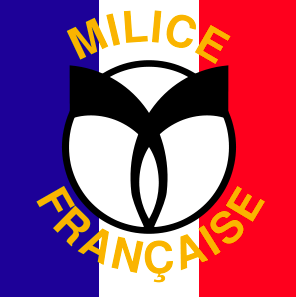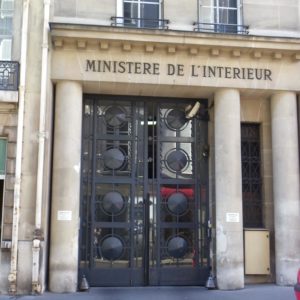
Why did the French government collaborate with the Germans during the four years of occupation? Why did the politicians carry out and many times exceed the German directives and expectations (especially for the deportations of Jews)? Why did French organizations form to terrorize their own citizens? Finally, why did individual French citizens denounce their fellow countrymen and women knowing full well the victims would likely not survive?
These are very complicated questions with no simple answers.
Two of the most feared collabo (collaborationist) French organizations were La Carlingue and the Milice.
The Bonny-Lafont Gang
93 rue Lauriston, Paris
Formally known as La Carlingue or the French Gestapo, this group of criminals was better known to the Parisians as the Bonny-Lafont Gang. The Nazis called them Active Group Hesse (after the Gestapo SD officer placed in the gang), Lauristondienst (Lauriston Service), the Gestapo française, or Bande de la Rue Lauriston.
After the Gestapo established itself in Paris, they formed two special units: the Intervention-Referat (teams of killers to do the jobs the Gestapo didn’t want to be identified with) and a unit of Frenchmen for training auxiliary agents. Members of these units were primarily convicted criminals purposely released from prison. One of the principal recruiters was a career criminal who could not read or write: Henri Chamberlin aka Henri Lafont (1902–1944). Read More The French Gestapo


